Orkney Battery Sites – Orkney
The batteries where a crucial element of the defences of the entrance to Scapa Flow, in the Orkney Archipelago, the main fleet base for the Royal Navy in both World Wars. Several of the original wooden huts which formed the accommodation camp are still intact, and in one of these is a painted mural covering three walls, depicting rural English scenes. An extensive programme of stabilisation and renovation was completed in 2012 and the sites are now open for guided tours.
In World War I the batteries where covering the entrance to Scapa Flow. In 1915 the batteries were equipped with guns manufactured in the United States and manned by a mixture of Royal Marines and local men of the Orkney Royal Garrison Artillery. After World War I the batteries were dismantled and the guns scrapped, but traces of the World War I battery are still to be seen today.
In World War II the sites became a coast defence battery once more, and Ness Battery became the headquarters of Orkney’s Fixed Defences. It housed a Fire Command, controlling several other gun batteries around the harbour entrance. The battery's main purpose was to defend the Fleet anchorage from enemy attack, but it also had the role of Examination Battery, supporting the Royal Navy's Examination Service, which controlled the traffic in and out of Hoy Sound. The battery's main armament was a pair of breech loading Mk VII 6-inch guns on CP II mountings.
Follow the whole expedition across Orkney and beyond here.
You can see what else I am up to in my YouTube channel. You can also find me on Twitter and Facebook so drop by and say Hi, :p Transparent-Aluminium.net
Greetings Space Cadets, unfortunately most of the Orkney Battery sites or on the island of Hoy or inaccessible to us given the time constraints of our Expedition, so we will be saving at mode detailed exploration of these sites for a future adventure.
The batteries where a crucial element of the defences of the entrance to Scapa Flow, in the Orkney Archipelago, the main fleet base for the Royal Navy in both World Wars. Several of the original wooden huts which formed the accommodation camp are still intact, and in one of these is a painted mural covering three walls, depicting rural English scenes. An extensive programme of stabilisation and renovation was completed in 2012 and the sites are now open for guided tours.
In World War I the batteries where covering the entrance to Scapa Flow. In 1915 the batteries were equipped with guns manufactured in the United States and manned by a mixture of Royal Marines and local men of the Orkney Royal Garrison Artillery. After World War I the batteries were dismantled and the guns scrapped, but traces of the World War I battery are still to be seen today.
In World War II the sites became a coast defence battery once more, and Ness Battery became the headquarters of Orkney’s Fixed Defences. It housed a Fire Command, controlling several other gun batteries around the harbour entrance. The battery’s main purpose was to defend the Fleet anchorage from enemy attack, but it also had the role of Examination Battery, supporting the Royal Navy’s Examination Service, which controlled the traffic in and out of Hoy Sound. The battery’s main armament was a pair of breech loading Mk VII 6-inch guns on CP II mountings.
Follow the whole expedition across Orkney and beyond here.
You can see what else I am up to in my YouTube channel. You can also find me on Twitter and Facebook so drop by and say Hi, :p Transparent-Aluminium.net


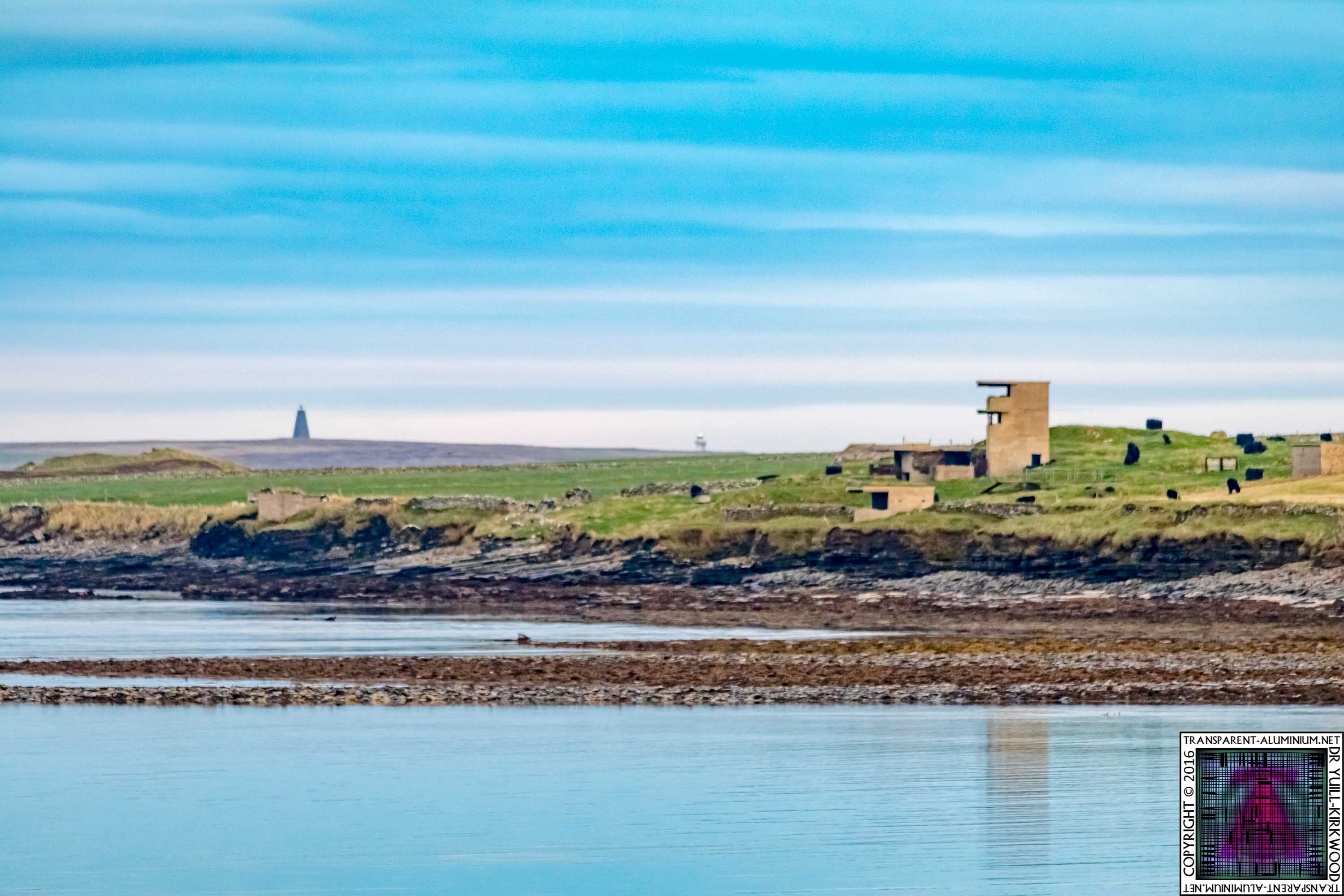




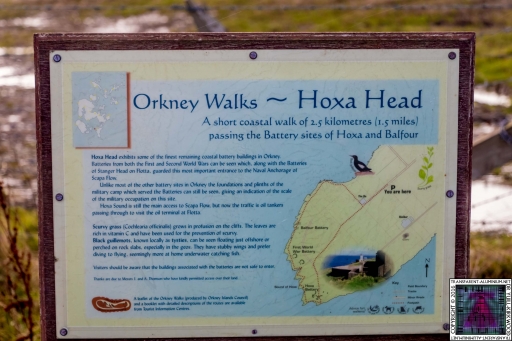
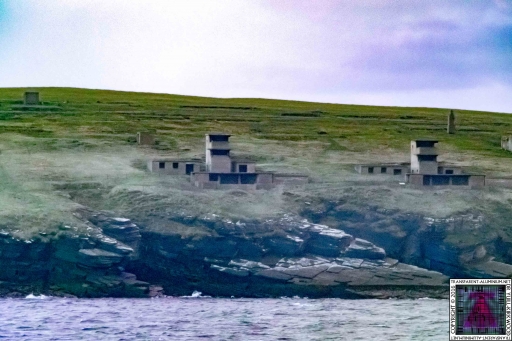
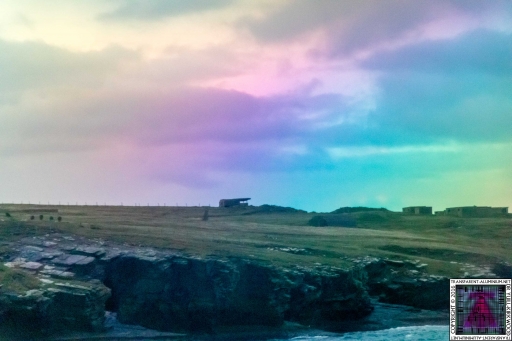
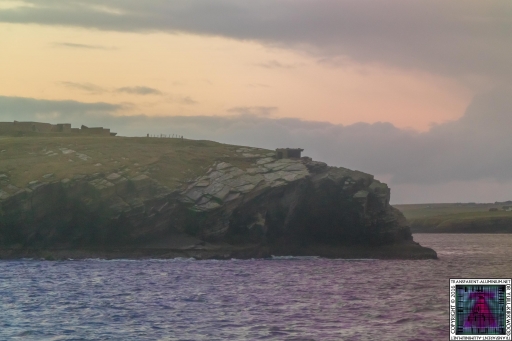
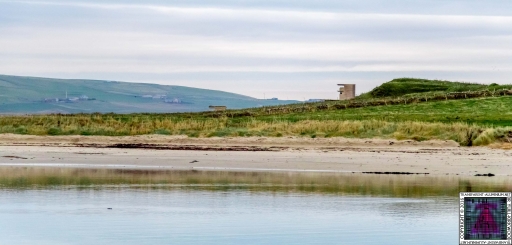
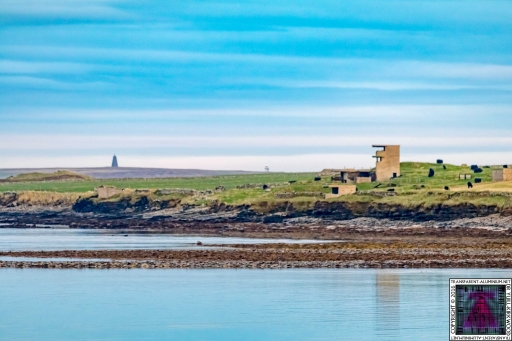
















 RSS – Posts
RSS – Posts
Leave a Reply